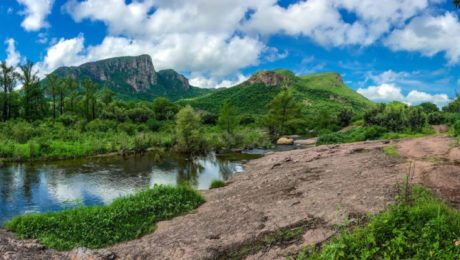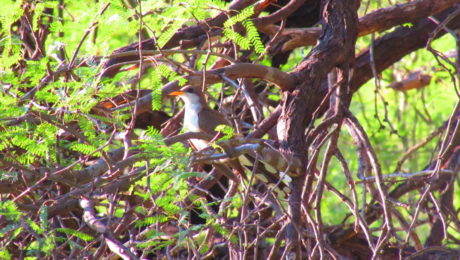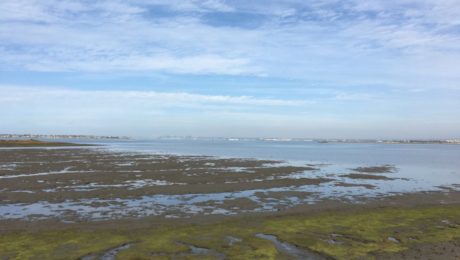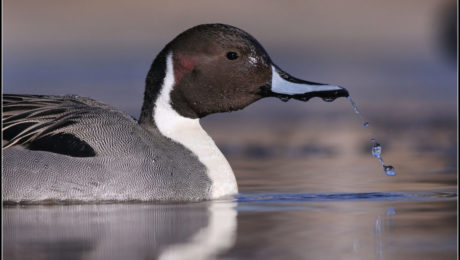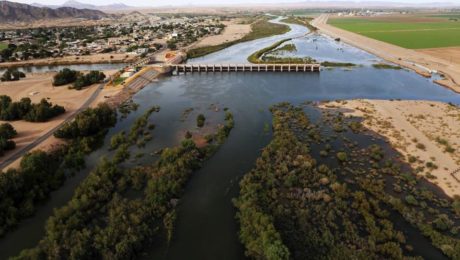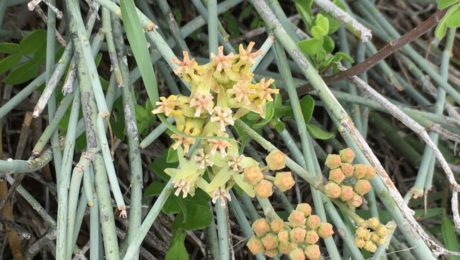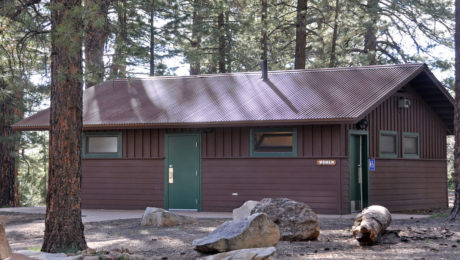Monte Mojino Reserve, Álamos Sonora
Nature and Culture International’s Monte Mojino Reserve has grown from a small reserve to 6,800 ha of tropical deciduous forests, riparian forests, and pine-oak forests covering about 10% of the total area of the Cucujaqui River watershed. Because of its location in the western Sierra Madre where the neartic zone meets the neotropical zone, the area is very biologically diverse, and home to over 200 species of birds. Next year, with funding from the SJV and in collaboration with researchers from the region, NCI will start a more in-depth study regarding habitat use and requirements of cavity-nesters in Monte Mojino Reserve.
- Published in News
SJV Awards Program Enables Expansion of Cuckoo Research in Mexico
Thanks to the Sonoran Joint Venture’s Awards Program, the Southern Sierra Research Station facilitated a Western Yellow-billed Cuckoo survey training workshop for Mexican biologists to lead surveys in Northwestern Mexico. Researchers and students from the University of Sonora, Sonora State University, the Ecological Center of Sonora, and the Ecology and Sustainable Development Commission of the State of Sonora, had the opportunity to learn about the biology and ecology of the Western Yellow-billed Cuckoo, as well as the methodology to carry out surveys for this species during the workshop held in Hermosillo, Sonora, in 2017.
- Published in News
Gathering of minds: 2017 SJV Meetings
Both the SJV Management Board and the Science Work Group met this fall to discuss current issues in bird conservation and to strengthen our partnerships to best address threats.
- Published in News
Amelia Takes the Record: Longest Movement of a Light-footed Ridgway’s Rail
If you’ve heard of clapper rails, you may know they are not very agile fliers and tend to quietly prod around within the coastal salt marsh where they were born, or released into. But the endangered Light-footed Ridgway’s Rail in Southern California and Baja California is not so much of a “home body” as originally thought. We now have ample proof that rails can also move between wetlands, with one bird named “Amelia” travelling a whopping 160 miles. If you give the rail a chance, it will establish new territories in supportive habitat. So how do you give the rail a chance, when over 90% of its habitat has been destroyed?
- Published in News
The “People” Part of Waterfowl and Wetlands Conservation
In September 2017 waterfowl and wetlands biologists and managers, social scientists, and others with an interest in waterfowl conservation gathered in Shepherdstown, West Virginia for the Future of Waterfowl Workshop 2. The goal: plan for the 2018 update to the North American Waterfowl Management Plan (NAWMP). After the release of the 2012 Plan, the NAWMP Committee formed a Human Dimensions Working Group and a Public Engagement Team (SJV Coordinator Jennie Duberstein participates in both and leads a team focused on engaging the birding community). The 2018 plan update will continue to focus on learning how to better engage people in waterfowl and wetland conservation.
- Published in News
Birds Tell the Tale: Ecosystem Response to Habitat Restoration in the Colorado River Delta
Despite having lost roughly 80% of historical wetlands in the Colorado River basin, about 100,000 acres remain. These are the most important wetlands in the Sonoran Desert, providing vital habitat for resident and migratory birds. Pronatura Noroeste created a long-term coordinated bird-monitoring program across the Colorado River basin, and contributes to the conservation and restoration of key sites, the protection of fresh water flows, and the harvest of water by reforestation.
- Published in News
Monarchs in the Desert: the insect that reigns in North America
North American monarch populations have decreased drastically over the last decade, and are threatened by habitat destruction in all parts of their range, and a changing climate. The Sonoran Desert region plays a role in monarch migration, and residents are fortunate to be able to see them. However, much is still not known about monarchs in Arizona and information about these butterflies in northern Mexico is scant. In an effort to reverse its decline and restore healthy populations throughout North America, this amazing insect has brought together the governments, scientists, and citizens of three nations.
- Published in News
Help the Sonoran Joint Venture’s Science Team!
Have you heard of geocaching? The folks at eBird have taken this fun idea and made it better—by including birds! Stay tuned for the January/February 2018 issue of the SJV eBulletin for the official launch of our Avicaching game.
- Published in News
The Poo Poo Project Takes Over
Vault toilets, used in remote areas with no plumbing, have an unintended consequence for birds—Ventilation pipes, which help keep smells to a minimum, can trap and kill cavity-nesting birds that enter seeking shelter or nesting areas. The Teton Raptor Center’s Poo Poo Project and its many partners are taking huge strides to keep that from happening.
- Published in News
The Shrinking Salton Sea
Once a vibrant tourist destination and thriving wetland habitat that supported millions of birds annually, the Salton Sea is now experiencing ecological collapse. Without regular freshwater inputs, the increased salinity and concentrations of pollutants are killing fish, reducing bird populations, and posing health risks to the local communities. Read more about the history of the Salton Sea, the conservation challenges, and what the SJV and its partners are doing to help.
- Published in News


 English
English  Español
Español 